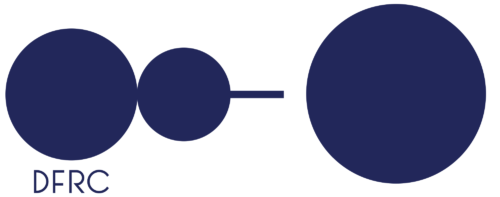This article is published in the Case Study category.
Analysing a city’s mobility pattern is quite a challenge. While public transportation companies have tried to access this information by analysing ticketing sales or marketing companies by reading location-based social media posts, how can a municipality really know from which neighbourhood people leave and come back during specific hours?
For a few years now, Singapore has become one of the most quoted examples of Smart City concept implementation. Actually known as a Smart Nation, where the whole country is part of a technology plan aiming at providing a better living space for its citizens, Singapore and its government have developed a great range of innovative projects such as smart buildings, smart transportation systems and encouraged education in the field of ICT as shown in this video recently posted by Yaacob Ibrahim, Singapore’s Minister for Communication and Information, on Facebook.
It is in this particularly connected context that DFRC, established in Singapore since 2012, has installed several LBASense sensors all over the Island in order to analyse the citizens’ mobility patterns.
DFRC’s LBASense long- and short-range sensors passively detect anonymous signals from mobile phones carried by citizens, enabling an algorithm to transform this data into crowd analytics. In other words, we are able to know the number of persons present in a determined area almost in real-time.
Counting the number of people in a place can seem abstract, yet this information can be very useful for event organisers, marketing agencies or law enforcement representatives who would want to make sure that, for security reasons, a place is not too crowded.
Moreover, what does mobility analysis mean? This analysis, first, implies the necessary deployment of at least two sensors. Due to the fact that each phone is unique, by using a complex algorithm, LBASense technology is capable to recognise signals coming from the same device and aggregates those data to create a bigger and more meaningful picture, providing the global trends of population movement between those sensors.


Data team
Copyright © 2022 DFRC
43 Science Park Road #01-11 Rm 8, Singapore 117408